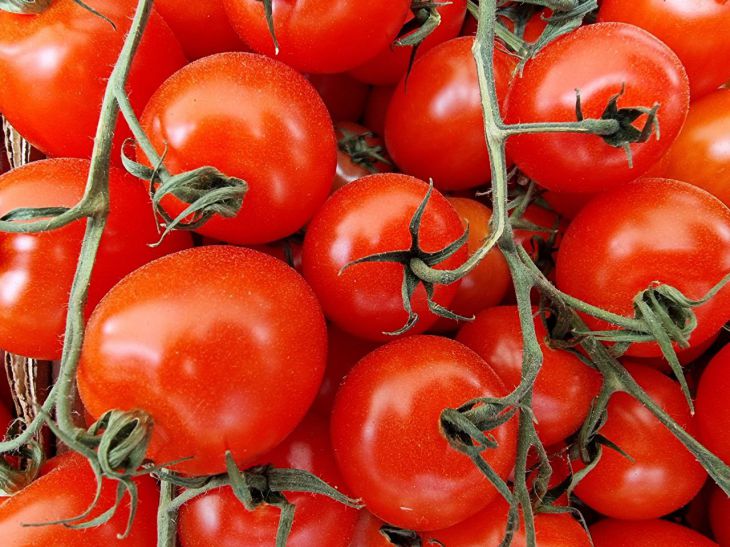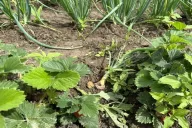Summer is the time for pickled cucumbers. Almost everyone loves them and cooks them. But tomatoes have not been given such an honor. And completely in vain! You will be surprised to learn what happens if you pickle tomatoes.
This is not only unusual, but also a surprisingly tasty preparation that can be stored for the winter in the apartment. And if you have a basement, you won’t even need to roll it up.
How to ferment tomatoes: a step-by-step procedure
Tomatoes are pickled in exactly the same way as cucumbers.
Garlic, dill, and peppercorns are placed on the bottom of the container. Tomatoes are placed on top to the middle of the container. Then another layer of garlic, dill, and pepper. And tomatoes again. Horseradish leaves are placed on top.
The brine is poured in (it should cover the horseradish). Gauze is placed on top, and a thin layer of mustard is poured on it. The tomatoes are pressed down with a plate or lid, on which a weight is placed. The container is sent to a warm place for fermentation.

When the tomatoes are fermented, they are put into jars. The brine with herbs and spices is brought to a boil and boiled for 2-3 minutes.
Tomatoes are poured and left in hot brine for 5-7 minutes.
After this, the brine must be drained from the jars, strained, poured into a clean saucepan, and boiled again. Pour boiling water over the jars and roll them up. Turn them over and let them cool. This preparation is stored in the apartment.
What you need to know
1. You can ferment in any container. It can be a glass jar, an enamel saucepan, a plastic food bucket or a wooden barrel.
2. The brine is prepared at the rate of 2 level tablespoons of salt per 1 liter of water.
3. Some housewives add sugar to the brine (1 tbsp. per 1 liter of water). But remember that sugar speeds up fermentation, as it is food for lactic acid bacteria.
4. The fermentation time depends on the room temperature. The warmer it is, the faster the tomatoes will ferment. In warmth, 3-4 days are enough, in coolness the process can last for a week or more.
5. If you have a basement, you can take the tomatoes out of the warmth and not ferment them. In the cold, lactic acid bacteria "work" slowly. The tomatoes will be ready in about 2 months. In this case, you don't have to bother with jars and canning. But in winter, you will have a tasty, aromatic and very healthy preparation.
6. In the classic recipe, garlic, peppercorns and dill are added during pickling. This is a mandatory set. But you can experiment to get a richer taste and aroma. For example, tomatoes go well with basil.
You can also add cherry leaves, oak leaves, currant leaves and any other herbs and spices you like.
For pickling, you should choose dense tomatoes with a strong skin. These are, as a rule, varieties for canning. Delicate fruits of salad varieties will be too soft, so they will "crawl" in your hands. If you only have salad varieties, try pickling them unripe.








